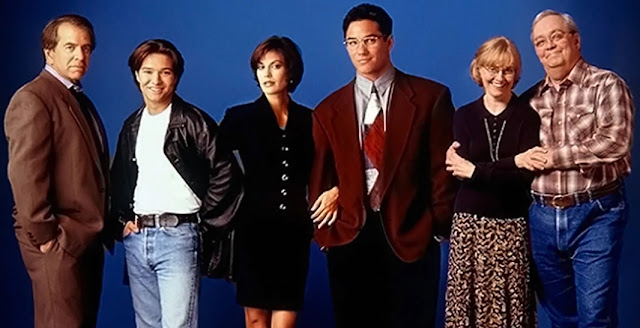Born in 1938 in Haifa, Palestine (now part of Israel), his family migrated to the U.S. when he was a year old in 1939. He started his animation career at the famous Terrytoons Studio. He quickly rose through the ranks, also working at Hanna-Barbera and producing cartoons for CBS. His first work was directing and producing animated shorts in the mid 1960's. He also directed twenty-five episodes of the 60's Spider-man cartoon. He then went on to write, produce, act in, and direct his own independent animated features and short films.

Heavy Traffic was Bakshi's next feature. Released in 1973, this is about a young cartoonist obsessed with playing pinball named Michael Corleone (not The Godfather), who encounters all sorts of characters you'd expect to find in the gritty, impoverished neighborhoods of 1970's New York City. It features a few live-action segments and is just as exploitative as Fritz, featuring plenty of sexual situations, vulgarity, and violence. This was also given an X rating but it was far more successful and is often cited by critics as his best work. I find it to be a strange movie, at times incomprehensible, but still kind of enjoyable. If you're accustomed to Bakshi's unique animation style, you might also enjoy it.
Coonskin came out in 1975. Featuring appearances by Scatman Crothers and Barry White this feature was part live-action, part animation. It's an urban crime film, part comedy, part Blaxploitation. It's a modern retelling of the black folk tales and legends popularized by Uncle Remus. Scatman Crothers plays the old man who narrates the stories of Brother Bear, Fox, and Rabbit in Harlem. This does get a lot of praise from critics and Quentin Tarantino has called it one of his favorite 1970's films. I find it hard to watch because of all of the racial stereotypes. It's my least favorite of Bakshi's work. Wizards was a departure from Bakshi's previous films. Released in 1977, this was a science-fiction/fantasy film. It tells a post-apocalyptic story of the wizard, Avatar, and his band of fairies, elves, and dwarves who must use magic and technology to defeat the evil Blackwolf. This is far more enjoyable and plot-driven than Bakshi's previous films and was his first film made for general audiences. Bakshi still manages to slip in the social commentary, exploring both the dangers of technology and the effects of political propaganda (the Nazi swastika is used as a symbol of war). I enjoy this movie, even if the pacing is a little slow by today's standards, and I think anyone who likes fantasy films will too.
Perhaps, Bakshi's most infamous work, The Lord of the Rings adapts the Tolkein epic into a gorgeous 93 minute masterpiece. I still enjoy this movie more than Peter Jackson's trilogy. Coming out in 1978, Bakshi's movie may have been the most realistic looking film released since the Golden Age of Disney animation in the 1940's. Why? Because it was rotoscoped... filmed in live-action and then traced over, frame-by-frame, to create hyper-realistic animation. It's gorgeous atmosphere is one reason why this is my all-time favorite fantasy cartoon and it still holds up.
1981's American Pop is Bakshi's return to adult animation. It's a musical film, telling a legacy story of a family's journey through the music of the 20th century. Russian immigrant, Zalmie, arrives in New York City. He marries a stripper and their son, Benny, becomes a jazz pianist. Benny is killed in World War II but his son, Tony, goes on to great success as a songwriter during the 60's, as does Tony's son, Pete, in the 80's. While I appreciate the attempt at drama, I'm not much for musicals. I know Bakshi fans love this, and the animation is stellar, but this one is lost on me.
Hey Good Lookin' is like 1982's vulgar and gritty answer to West Side Story. It's a violent yet comedic look at 1950's Brooklyn street life and tells the story of rival street gangs. This is another favorite of mine. The gritty subject matter is balanced with clever humor that lightens the film's darker tone. It's a proper return to the urban crime that defined Bakshi's early films. The animation is good as well.
Fire and Ice is another animated fantasy film. Released in 1983, after the success of The Beastmaster and Conan the Barbarian, this film tells the story of a tiny village that gets destroyed by a glacier, which serves as the deadly domain for the evil Ice Lord, Nekron. The only survivor is a young warrior, Larn, who vows vengeance for his home's destruction. Because this is Bakshi's most action oriented film, it was filmed in live-action and rotoscoped, just like Lord of the Rings. It's a darker film with memorable characters and an engaging story. This film is also well-known for Bakshi's collaboration with the great fantasy and comics artist, Frank Frazetta. Fantasy lovers should dig it.















































